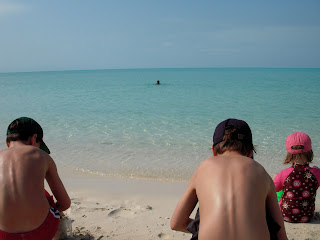With spring in the air and the long sunny days of summer not too far off, the American Academy of Pediatrics has released a new policy statement on the hazards of UV radiation exposure in children and adolescents. The statement, published in the journal Pediatrics (link), refreshes and reinforces what many of us know – that unprotected sun exposure and tanning bed use are unhealthy activities for everyone, but particularly so for youth. UV radiation exposure raises the risk of skin cancer, including deadly melanoma, rates of which keep climbing higher and higher.
As we’ve chronicled in a number of previous blog posts (UV, tanning beds), a lot of us fall short when it comes to protecting ourselves against UV exposure. About a third of people in the US report at least one sunburn a year, with about 20 percent reporting four or more. The high rates of tanning bed use by teenagers, particularly girls, is particularly concerning, given the high concentration of UV radiation delivered by tanning beds and that the exposure occurs in a time of life that seems most important for later melanoma risk.
Taking steps to lower exposure to natural and artificial sources of UV in youth and young adults could have huge health benefits. Among a number of items, the AAP policy statement recommends that:
Pediatricians –
- Incorporate advice about UV exposure in their practices
- Use visits for sunburns as “teachable moments” about UV protection
- Continue to encourage outdoor physical activity but in a sun-safe manner
- Talk jointly with parents and children about sun-safe practices when kids get older and more independent, around ages 9 – 10
- Advocate for safe-sun practices at school – earlier outdoor time, loosening of restrictions against hats, and shaded play areas
Governments –
- Develop communication campaigns that raise awareness of the dangers of indoor tanning
- Support broad use of successful safe-sun programs, such as the EPA’s SunWise
- Work toward laws/policies that ban minors’ use of indoor tanning
Wholesale changes in sun exposure policies and behaviors aren’t required to see positive results. Like most public health efforts, small changes can lead to significant health benefits and, even more importantly, can get the ball rolling toward bigger changes in policies and behaviors.
Coming out of a long winter, it’s that time of year when the sun is at its most inviting. It also makes it a great time to lay the foundation for the sun-protection practices that we, and our kids, will carry throughout the summer and, hopefully, the rest of life.
Related CNiC Posts
